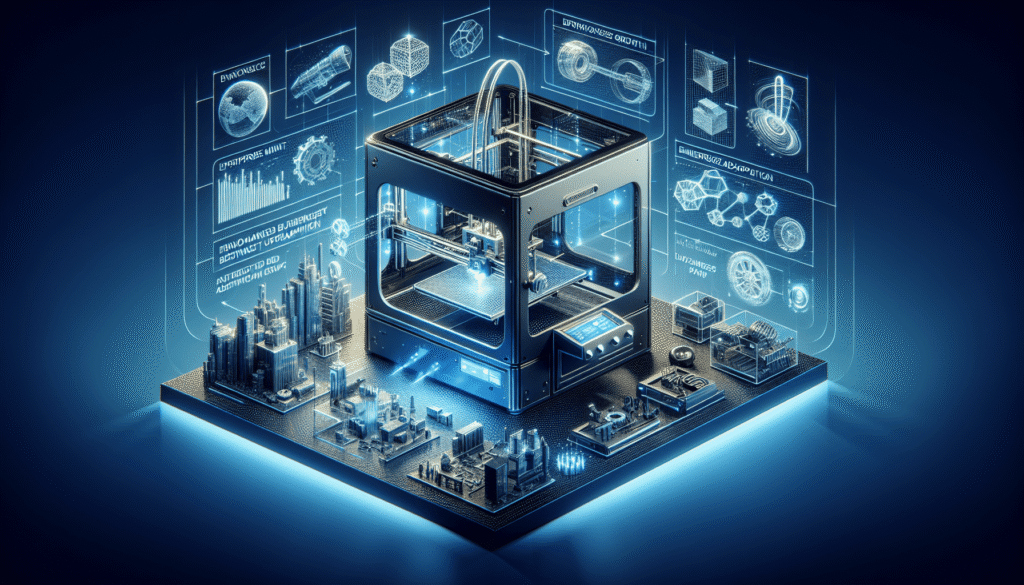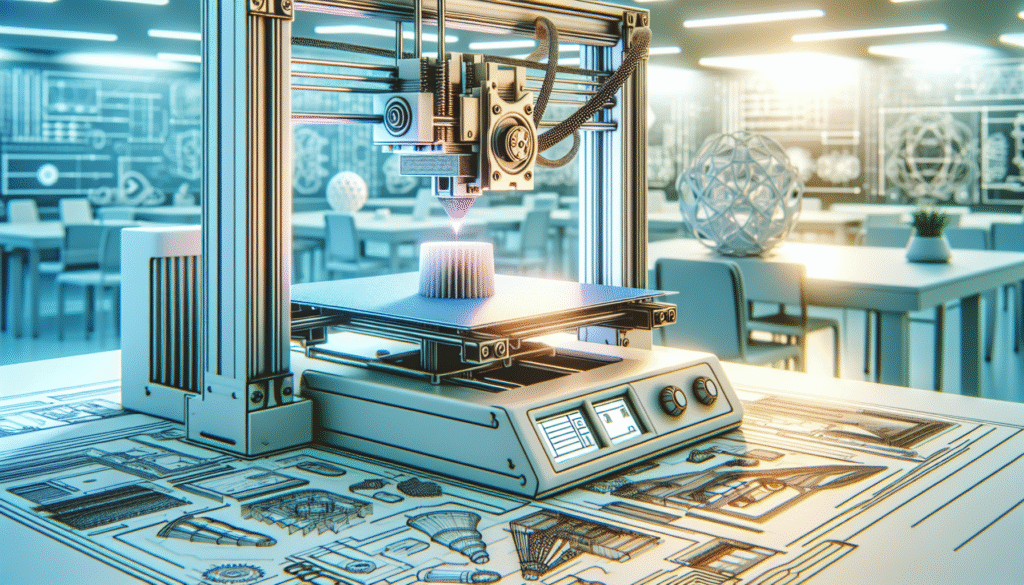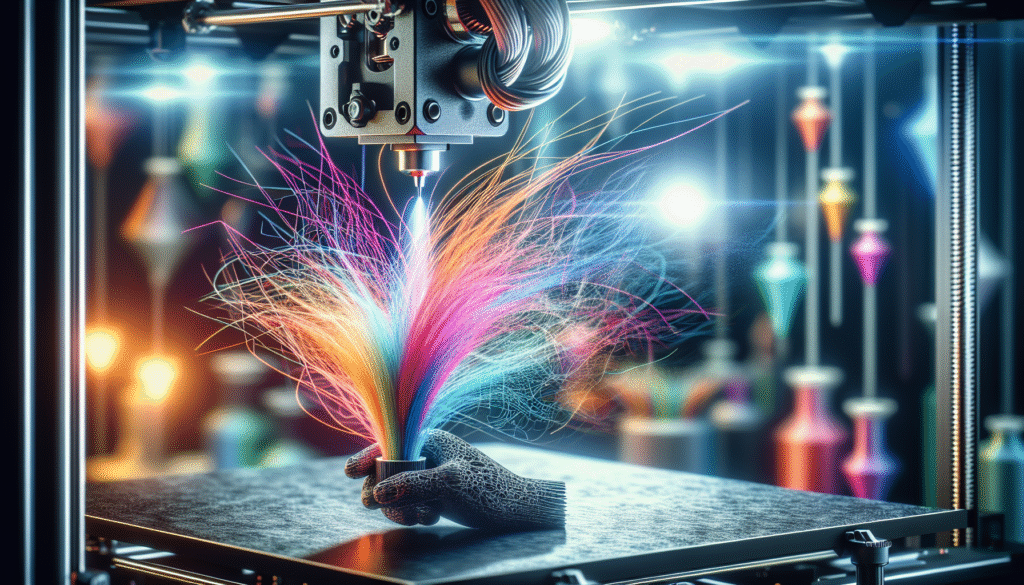Have you ever wondered why so many businesses are getting excited about 3D printing, especially as we look towards 2025? The buzz around this technology is undeniable, and it’s not just tech enthusiasts or early adopters who think it’s a game-changer. One can say that we are on the brink of a full-on enterprise 3D printing surge. This is no longer about individuals printing fun knick-knacks at home—big businesses are jumping on board in a big way. Let’s unpack the key drivers of this transformation, as we explore what’s steering this adoption and why it matters.

The Technological Stride of 3D Printing
It seems like only yesterday that 3D printing sounded like something out of a science fiction novel. The ability to print three-dimensional objects sounded as far-fetched as hoverboards and time machines. Yet here we are, and while I’m still waiting on that time machine, 3D printing has become a robust technology with vast applications. The technology behind it has evolved from mere prototypes to sophisticated systems capable of producing complex and high-quality products.
Customization at Its Core
What truly sets 3D printing apart? Customization. The freedom to design products that specifically meet unique demands is where the magic lies. Businesses have discovered the value in customization, allowing for the development of personalized products that cater to individual customer needs. This isn’t your typical factory-line production; it’s design-at-dawn, dispatch-by-dusk. And as technology advances, the complexities that can be addressed by 3D printing continue to astound.
Speed and Efficiency
The traditional manufacturing process can often feel like a crawl through molasses—slow and fiscally demanding. But with 3D printing, businesses are witnessing a revolution in speed. Creating a product with less waste and fewer resources is not just environmentally friendly; it’s enticing from a productivity standpoint. Swift iterations mean businesses can respond to market demands more rapidly than ever before.
Cost-effectiveness and Resource Optimization
It’s no secret that businesses live and breathe by maximizing their resources. The capability of a 3D printer to reduce material waste, alleviate inventory costs, and decrease shipping expenses makes 3D technology a financially sound investment. The idea of having on-demand production implies that you only use what you need, naturally leading to a reduction in waste and an increase in cost savings.
Industries Revolutionized by 3D Printing
The excitement around 3D printing isn’t confined to a single industry—it’s proliferating across sectors, revolutionizing the way we’ve hitherto conducted business.
Healthcare
The healthcare industry, in particular, is tapping into 3D printing with miraculous results. From prosthetics to complex organ models used for surgical preparation, the applications are astounding. Custom prosthetic limbs that once took weeks to produce can now be made with precision and at a fraction of the cost. Moreover, the bioprinting of tissues and organs has the potential to save lives.
Aerospace
In aerospace, every gram matters, and 3D printing delivers. By producing lightweight yet durable components, the industry can enhance fuel efficiency and reduce emissions. It’s fascinating to think how a technology once relegated to mere myths is now powering elements of our world (and beyond).
Automotive
The automotive industry isn’t one to lag behind. With the use of 3D printing, manufacturers can produce lighter, stronger parts that result in better fuel efficiency. Whether it’s prototyping, tooling, or the end-product itself, businesses are reexamining traditional methods in favor of 3D innovation.
Fashion
Did you think high fashion couldn’t benefit from 3D printing? Think again. Designers are using 3D tech to create truly unique clothing and accessories. The runway is becoming a showcasing ground for intricate designs that traditional methods couldn’t dream of producing.

Costs Versus Benefits: A Balanced Perspective
Some might argue that the initial costs of 3D printing remain prohibitive. However, isn’t it always the case with new technology? Like when TVs became color? Over time, the investment pays off, partly due to the decrease in long-term operational costs.
Table: Cost Evaluation Example
| Dimension | Traditional Manufacturing | 3D Printing |
|---|---|---|
| Initial Setup Costs | Low | High |
| Production Volume | High | Flexible |
| Material Waste | High | Low |
| Customization Capability | Limited | High |
| Lead Time | Long | Short |
Note: This table simplifies a complex decision-making process. Real-world applications may vary.
Overcoming Challenges: The Road Ahead
While it’s enticing to focus on benefits, it’s essential also to address the challenges accompanying widespread 3D printing adoption.
Intellectual Property Concerns
With easy reproduction comes a surge in intellectual property issues. As designs turn digital, maintaining the security and ownership rights of proprietary models is critical. Businesses are now evaluating their strategies to protect against piracy and duplication.
Regulation and Standards
Regulations are often playing catch-up with the technological advances. The establishment of universal standards remains a hurdle, especially when it comes to safety in critical sectors such as healthcare and aerospace. Collaboration across industries and governments is key to ironing out such challenges.
Skill Set Investment
The integration of 3D printing technology fosters a demand for new skills within the workforce. Investing in training employees will remain crucial for businesses to reap the full potential of 3D printing. But isn’t this also a golden opportunity to upskill and inspire innovation within teams?
Looking Toward 2025: The Future Horizons
As we glance toward 2025, what can we anticipate in the horizon of 3D printing technology?
Expanding Material Palette
Ever-changing material sciences suggest an expansion in the types of materials that can be 3D printed. Imagine using biodegradable materials extensively across industries—this opens new frontiers in sustainable business practices.
Increased Decentralization
The possibility of decentralized production means businesses can manufacture closer to their customers, reducing transportation costs and promoting local economies. It becomes conceivable to think of a time where large-scale factories may give way to smaller, agile manufacturing setups, closer to the point of sale.
Rise of AI Integration
The integration of AI with 3D printing is another exciting sector for development. AI can enhance design, optimize processes, and potentially predict failures before they occur. It fuels the continuous cycle of innovation and refinement within the 3D printing domain.
Conclusion: A Future Shaped in Three-Dimensions
As much as I enjoy contemplating the potential of future technology, 3D printing isn’t even just potential anymore—it’s happening now. It’s an exhilarating frontier, one where business opportunities seem as boundless as the imagination. The drivers behind 3D printing adoption extend beyond mere novelty; they reflect a profound shift in how we approach design, production, and the astonishing realization of turning concepts into reality.
And so, as 2025 looms on the corporate horizon, the enterprise adoption of 3D printing might just be the golden ticket that reshapes industries, incites innovation, and plants the seeds for sustainable progress. Can your industry afford to be left behind in this extraordinary surge?


